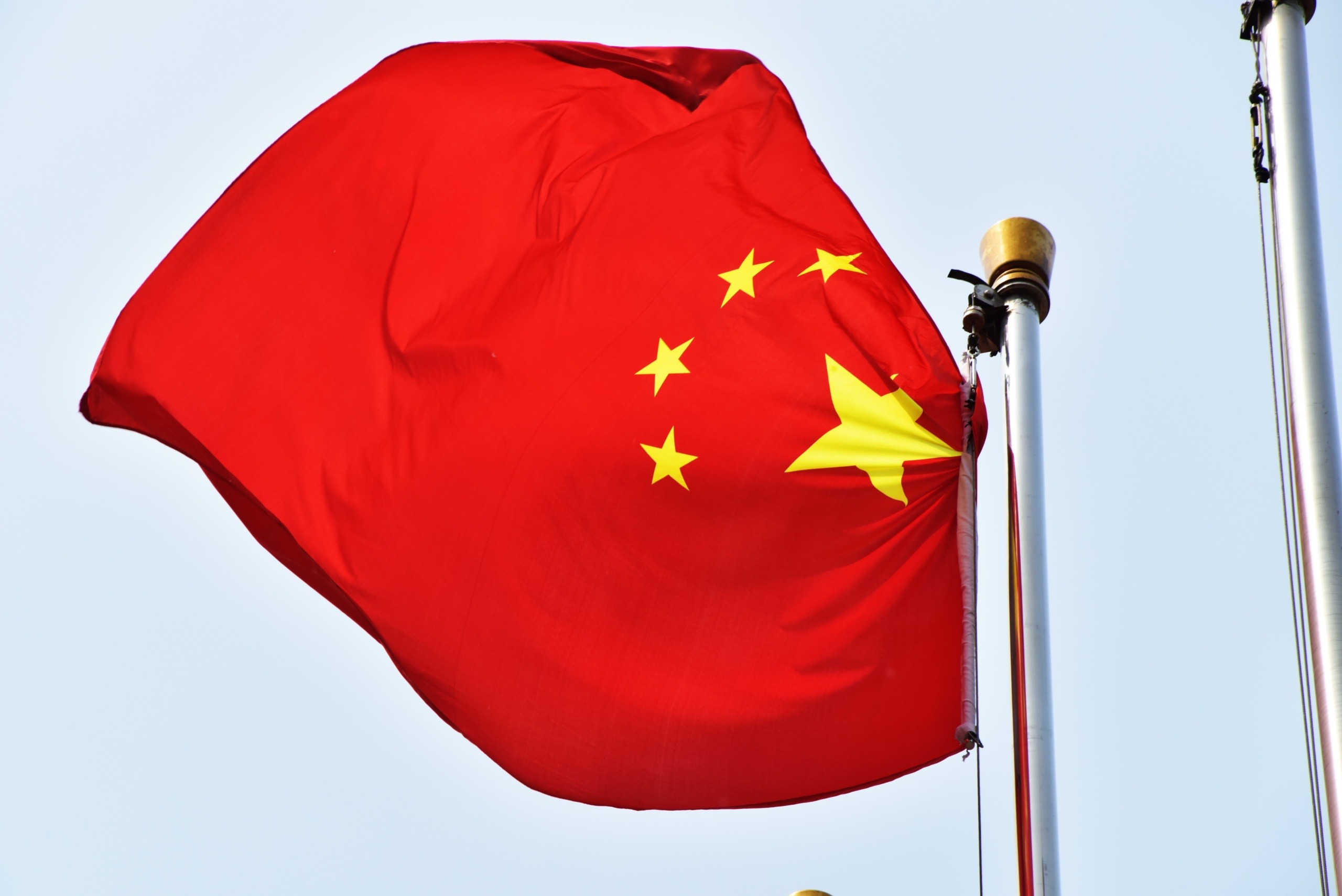China’s Trademark Non-Use Cancellation Process Sees Major Reforms in 2025
[14/05/2025]
In a landmark move, the China National Intellectual Property Administration (CNIPA) has overhauled its trademark non-use cancellation system. The reforms, effective in 2025, aim to combat abuse of the process, enhance protection for trademark owners, and foster a fairer and more efficient trademark environment.

🔎 Background:
Under Chinese law, trademarks not used for three consecutive years may be cancelled. However, the system has historically been exploited, with petitioners filing baseless claims against competitors without providing evidence.
✅ What’s New?
1️⃣ Burden of Proof Shifted
Petitioners must now prove the trademark has been unused for three years. Previously, the full responsibility lay with the trademark owner to demonstrate use.
2️⃣ Enhanced Evidence Standards
The new rules require petitioners to submit a complete and verifiable evidentiary chain, including:
- Business and operational details of the trademark owner
- Trademark search reports (name, registrant, goods/services)
- Screenshots from at least three online platforms (Baidu, Taobao, WeChat), with five consecutive pages each, dated and timestamped
- Field investigation records with photos and merchant declarations
- Independent industry analyses confirming lack of use
3️⃣ Mandatory Identity Disclosure & Legitimate Interest
Petitioners can no longer act anonymously. They must disclose their true identity and demonstrate a legitimate commercial interest linked to the disputed mark. This change is aimed at discouraging malicious or speculative filings.
4️⃣ Credit Penalties for Misconduct
Applicants and their agents must sign an authenticity statement. False claims or concealed identities may trigger serious consequences: credit downgrades, limits on future filings, or administrative sanctions.
💡 Impact:
For Petitioners:
The process has become more demanding and costly, but it now offers a clearer and fairer legal framework for genuine disputes.
For Trademark Owners:
There is greater protection from abusive claims. However, owners must be vigilant: maintaining detailed records of trademark use (e.g., ongoing sales, e-commerce activity, contract records) is essential to safeguard their rights.
📋 Current Status:
As of May 2025, the official announcement and revised CNIPA application forms are pending. Practitioners and stakeholders are advised to monitor developments closely.
👉 These reforms mark a significant step forward in aligning China’s trademark system with international best practices and promoting a healthy IP environment.
